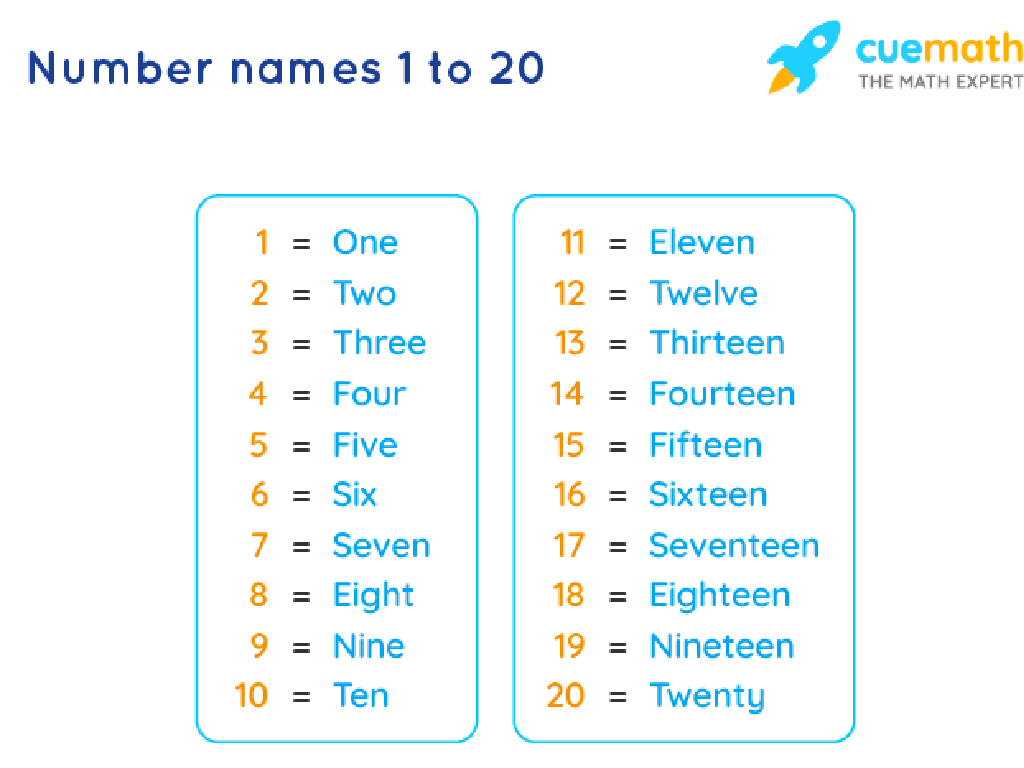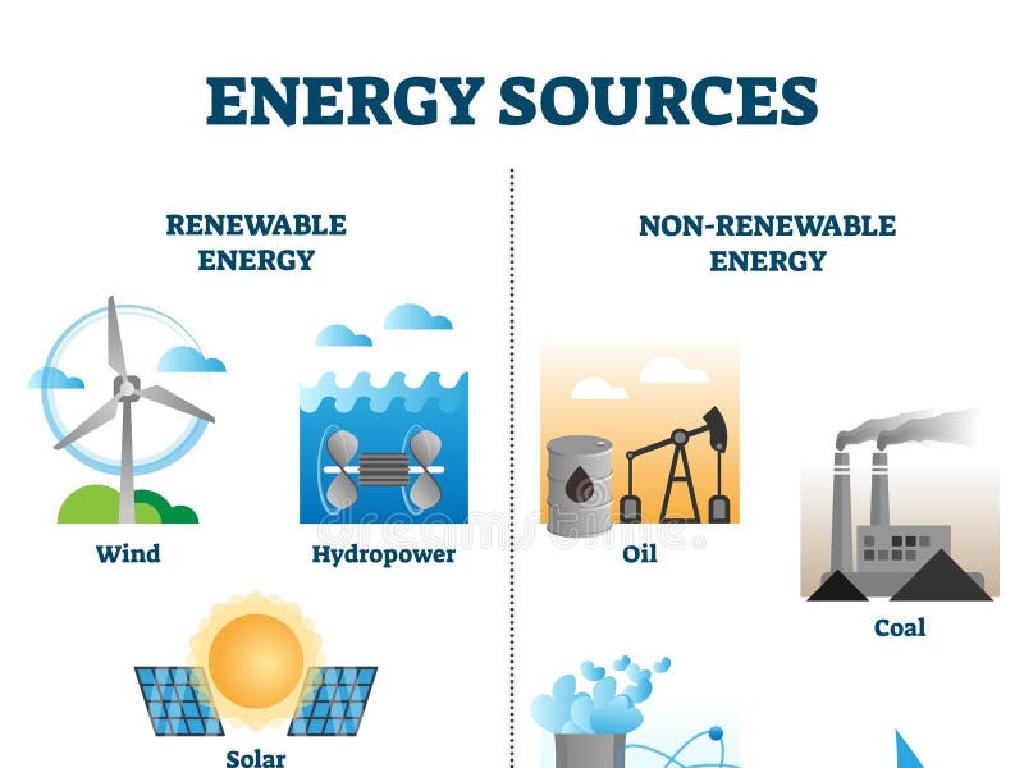Circuits And Electromagnetics
Subject: Science
Grade: High school
Topic: Physcis
Please LOG IN to download the presentation. Access is available to registered users only.
View More Content
Exploring Circuits and Electromagnetics
– Electricity flow fundamentals
– How electrons move through a conductor
– Electricity and magnetism interplay
– How electric currents can create magnetic fields
– Electromagnetics in daily life
– MRI machines, maglev trains, and speakers
– Innovations driven by electromagnetics
|
This slide introduces the basic concepts of circuits and electromagnetics, which are crucial for understanding modern technology. Begin by explaining how electricity flows, focusing on the movement of electrons through a conductor. Then, discuss the relationship between electricity and magnetism, emphasizing how electric currents can generate magnetic fields, which is the principle behind electromagnetism. Highlight real-world applications such as medical imaging with MRI machines, transportation with maglev trains, and sound systems with speakers to show the relevance of electromagnetics in everyday life. Encourage students to think of other examples where electromagnetism is at work. The last point should inspire students to consider how electromagnetics is a driving force behind many technological innovations.
Understanding Electrical Circuits
– Define an electrical circuit
– A path for electric current to flow through, starting and ending at the same point.
– Circuit key components
– Source provides power, load uses the power, and conductors connect them.
– Series vs. Parallel circuits
– Series: components in a single path. Parallel: components on multiple paths.
– Circuit functions in daily life
|
This slide introduces the basic concept of an electrical circuit, which is fundamental in understanding electromagnetism. An electrical circuit is a closed loop that allows current to flow, powering various devices and systems. Key components include the power source (like a battery), the load (such as a light bulb), and conductors (wires). Highlight the differences between series circuits, where components are arranged in a single path, and parallel circuits, where components are arranged on multiple paths, affecting voltage and current differently. Use real-life examples like string lights (series) and home wiring (parallel) to illustrate the concepts. Encourage students to think of other examples they encounter in their daily lives.
Ohm’s Law: Understanding Circuit Fundamentals
– Voltage, Current, and Resistance
– Voltage (V) is the electric potential, Current (I) is the flow of electric charge, and Resistance (R) opposes the flow.
– Ohm’s Law Equation
– V = I x R, where V is in volts, I in amperes, and R in ohms.
– Practical Applications
– Examples: Adjusting brightness of a bulb, changing volume on a speaker.
– Calculating Circuit Values
– Use Ohm’s Law to find missing values in a circuit, e.g., finding Resistance when Voltage and Current are known.
|
Ohm’s Law is a fundamental principle in physics that describes the relationship between voltage, current, and resistance in an electrical circuit. It’s crucial for students to understand that voltage is the driving force that pushes the current through a conductor, and resistance is what restricts this flow. By using the formula V = I x R, students can calculate any one of these values if the other two are known. Provide real-life examples such as dimming lights or adjusting the volume on electronic devices to illustrate the law’s everyday applications. Encourage students to practice calculations with different circuit scenarios to solidify their understanding.
Exploring Electromagnetic Force
– Defining electromagnetism
– Electromagnetism is a force that combines electricity and magnetism.
– Electric currents create magnetic fields
– Moving electric charges generate a magnetic field around them.
– Introducing the right-hand rule
– A method to determine the direction of force, magnetic field, and current.
– Practical applications of electromagnetism
– Used in motors, generators, and everyday electronic devices.
|
This slide introduces the concept of electromagnetism, which is a fundamental force in physics that combines electricity and magnetism. It’s important to explain that electric currents, which are flows of electric charge, produce magnetic fields around them. This can be visualized by the right-hand rule, which is a mnemonic for understanding the orientation of these forces in three-dimensional space. The thumb represents the direction of the current, the fingers the magnetic field, and the palm the force exerted on a positive charge moving with the current. Highlight the significance of electromagnetism in practical applications such as electric motors and generators, which are ubiquitous in modern technology. Encourage students to explore these concepts with hands-on activities, such as building simple electromagnets or using compasses to visualize magnetic fields generated by currents.
Applications of Electromagnetics
– Electromagnets in devices
– Used in speakers, doorbells, and hard drives
– Electromagnetics in communication
– Enables radios, phones, and internet connectivity
– MRI machines in medicine
– MRI uses magnetic fields to image body structures
– Understanding practical uses
|
This slide aims to illustrate the practical applications of electromagnetics in various fields. Electromagnets are a crucial component in many everyday devices such as speakers, which convert electrical energy into sound, or hard drives, which store data magnetically. In the field of communication, electromagnetic waves are the backbone of technology, enabling devices like radios, mobile phones, and internet connections to function. In medicine, MRI machines utilize strong magnetic fields and radio waves to produce detailed images of the inside of the body, aiding in diagnosis and treatment planning. Encourage students to think about other devices or systems where electromagnetics play a central role, fostering an appreciation for the subject’s relevance.
Building a Simple Circuit
– Gather all materials
– Battery, wires, light bulb, and switch are needed.
– Step-by-step construction
– Connect battery to bulb using wires, include switch.
– Follow safety precautions
– Always handle wires carefully, don’t touch wet hands.
– Test your circuit
|
This slide is designed to guide students through the process of constructing a simple circuit as a hands-on learning activity. Begin by ensuring students have all the necessary materials: a battery, wires, a light bulb, and a switch. Provide clear, step-by-step instructions on how to connect the battery to the light bulb using the wires, and how to incorporate the switch to control the flow of electricity. Emphasize the importance of safety precautions, such as handling wires with care, not working with electricity near water, and ensuring the circuit is not connected until the assembly is complete. After the circuit is built, students should test it by closing the switch to see if the light bulb illuminates, indicating a successful circuit. The activity will help students understand the flow of electricity and the function of each component in a circuit.
Class Activity: Building an Electromagnet
– Gather materials: battery, wire, nail
– Follow guide to create electromagnet
– Wrap copper wire around nail, connect ends to battery terminals
– Observe electromagnet in action
– Test magnetism by picking up small metal objects
– Discuss coil effect on strength
– More coils typically increase magnetic field strength
|
This hands-on activity is designed to help students understand electromagnetism by creating their own electromagnets. Provide each student or group with a battery, insulated copper wire, and an iron nail. Guide them through the process of wrapping the wire around the nail and connecting the ends to the battery to complete the circuit. Once the electromagnet is assembled, students can test its strength by seeing how many paper clips or other small metal objects it can pick up. Encourage a discussion on how the number of wire coils affects the strength of the electromagnet. Possible variations of the activity for different students or groups could include using different battery voltages, varying the number of wire coils, or using different core materials instead of an iron nail to observe the effects on the electromagnet’s strength.
Wrapping Up: Circuits & Electromagnetics
– Recap key concepts of circuits
– Review electromagnetics principles
– Encourage curious questions
– What parts were most intriguing or challenging?
– Connect to future topics
– Understanding these basics is crucial for advanced physics.
|
As we conclude today’s lesson, it’s important to review the key concepts of circuits, including series and parallel configurations, and the principles of electromagnetism, such as magnetic fields and electromagnetic induction. Encourage students to ask any lingering questions they may have, fostering an environment of curiosity and understanding. Highlight the relevance of today’s material to future topics in physics, such as electronic devices, power generation, and even quantum mechanics. This connection helps students see the value in what they’ve learned and how it will apply to more advanced studies.





